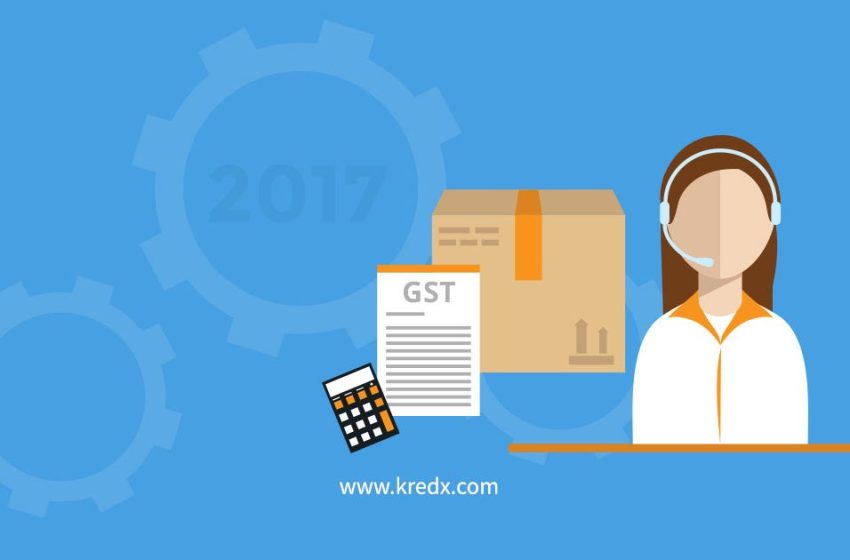
GST 2017 – One Nation, One Tax, 8 Tax Rates
As the country inches closer to the final rollout of GST, economists, financial experts and entire industries are preparing themselves for the potential impact GST would have on the various sectors. GST, touted as one of the most revolutionary bills to ever be implemented, is expected to benefit the common man and make a positive impact on most industries barring a few. Let’s take a quick look at the tax rates and tax slabs recently announced by the GST Council.
GST 2017 Tax Slabs & Tax Rates
The GST Council has proposed a four-tier GST tax structure between 0-28% with exceptions for select items that have separate tax rates. Essential commodities like food items have been kept at 0% to ensure that there is no widespread inflation due to changes in the tax slabs. However, luxury items are taxed at a significantly higher rate to ensure revenue neutrality for governments at the state and central levels. Listed here are the goods and services that fall under the different tax rates.
0% Tax Rate –
Goods:
- Essential food items like milk, cereals, food grains, rice, wheat, flour, fruits, vegetable, jaggery
- Commonly used food items like spices, tea, coffee, sugar, vegetable/ mustard oil, fresh meat
- Silk and jute fibre
- Sindoor, bindi, stamps, judicial papers, printed books, newspapers, bangles, handloom, Indian sweets, etc.
Services:
- Railway sleeper tickets, metro tickets and seasonal passes
- Hotels and lodges with tariffs below ₹1,000
0.25% Tax Rate –
- Rough diamonds
3% Tax Rate –
- Gold and other precious metals
5% Tax Rate –
Goods:
- Railway freight
- Pharma (Critical drugs)
- Fish fillet, packaged foods, cream, skimmed milk powder, branded paneer, frozen vegetables, coffee, tea, spices, pizza bread, rusk, sabudana
- Cotton and natural fibre
- Footwear up to ₹500
- Coal, stent, lifeboats, kerosene, etc.
Services:
- Railways (AC)
- Air transport
- Restaurants with annual turnover less than ₹50 lakhs
- Cab aggregators like Ola, Uber
12% Tax Rate –
Goods:
- Ayurvedic and homeopathic medicines
- Fruit juices, live animals, meats, butter, cheese, animal fat, processed foods like sausage, namkeen
- Mobile phones
- Man-made fibre and yarn
- Readymade garments above ₹1,000
- Ayurvedic medicines, tooth powder, agarbatti, colouring books, picture books, umbrella, sewing machine, cell phones
Services:
- Hotels with tariff ₹1,000 – ₹2,500
- Business class air ticket
- Non-AC restaurants without liquor license
- Work contracts
18% Tax Rate –
Goods:
- All FMCG goods like soaps, hair oil, shampoos, toothpaste, tampons
- Mineral water, tissues, envelopes, notebooks, steel products, printed circuits, camera, speakers and monitors
- LPG stoves, military weapons, electronic toys
- Pastries, biscuits, cakes, pasta, ice creams, soups
- Footwear above ₹500
Services:
- Telecom, IT & financial services
- Hotel room with tariff of ₹2,500 – ₹5,000
- AC restaurants with liquor license
- Branded garments
28% Tax Rate –
Goods:
- White and brown goods like TV, refrigerators, AC, washing machines, microwave ovens
- Cement
- Perfumes, revolver, pistols
- Chocolates, chewing gum, wafers
- Soft drinks and aerated beverages
- Luxury, de-merit and sin goods like tobacco, pan masala (28% + cess)
- Small petrol cars (28% + 1% cess)
- Small diesel cars (28% + 5% cess)
- Cigarettes (28% + 5% cess)
- Luxury cars (28% + 15% cess)
Services:
- Cinema halls
- Race clubs
- 5 star hotels
31% Tax Rate –
- Luxury yachts, private jets and heavy bikes
The GST Council will meet again on June 11 for its 16th meeting to review the rates based on industry representations to ensure that the government is ready for the grand rollout on July 1. If you take a close look at the tax slabs, it is an eight-tier structure rather than a four-tier one but a good start, nonetheless. As the experts say, GST is a “short term pain for long term gain” since it is estimated to boost GDP by 1-2 % and bring down inflation by 2 % in the long run. Definitely a move in the right direction!



